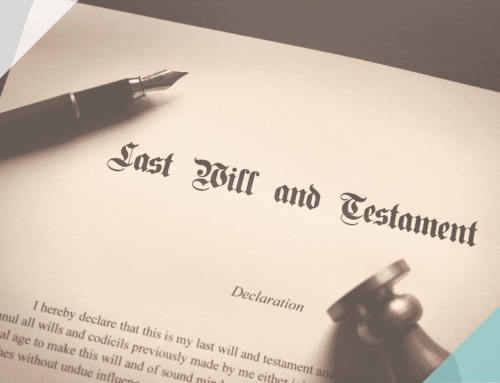As a business, being presented with an Employment Tribunal claim can be daunting. If you find yourself in this situation it’s always best to consult with a specialist employment lawyer to ensure you don’t make any costly mistakes which could jeopardise your case later down the line. To help, we’ve put together a guide so you can better navigate the process.
Get your calendar out
If you have received an Employment Tribunal claim the first thing you must do is diarise the response deadline. This is really important. You will have 28 days from when you receive the claim to submit your defence to the Tribunal using an ET3 form. The Tribunal will also state the date you need to respond by within the covering letter enclosing the claim form.
If you fail to submit the response in time, the Employment Tribunal could enter judgement against you in your absence, meaning the Claimant could be awarded 100% of the compensation they are claiming. You should also diarise any hearing dates or case management orders too.
Review
The next stage would be to review the claim in detail. Things to check are whether the Claimant has brought the claim in time, whether they have commenced and completed ACAS Early Conciliation and whether that is eligible to bring the claim in question. Here, a Claimant generally has 3 months to make an application for ACAS Early Conciliation and for the most common claims, for instance, unfair dismissal, the Claimant has to be an employee to bring a claim.
Documents
Once this is done, you need to get to work on collating all the relevant documentation which will help you defend the claim and then discuss the claim with the relevant people in your business. These could be people who are expressly named in the claim form or those who were previously involved, such as the person who chaired the disciplinary hearing and/or appeal hearing.
To instruct or not instruct?
Now having undertaken the preliminary checks gathered your relevant documents and spoken to the relevant people, you need to decide whether to instruct a solicitor. You should look to instruct an Employment Law specialist with experience in defending Employment Tribunal claims, with a record of good client care reviews and someone who is happy to have an initial chat with you for free.
Other considerations include:
- How much money the Claimant is claiming (the lower this figure, the less financial sense it may make to incur legal costs)
- What you consider your prospects of defending the claim are
- And what the likely consequences would be (not just financially) if were you to lose.
What you should think about when preparing your defence:
When preparing the ET3 form it will be crucial to have the support of an employment lawyer who can advise you on the legal technicalities. If there are any mistakes on the form or signs of inconsistency this could be fatal for your defence.
The purpose of an ET3 form is to set out:
- Which parts of the claim are agreed upon;
- Which parts of the claim are not agreed; and
- Which parts of the claim are denied (and why they are denied)
Within the ET3 you need to ensure that you are directly addressing and responding to all the claims made against you. If you disagree with one of the claims then you must detail your reasoning.
You will need to ensure that all the information on the ET3 is presented in a clear and concise way. You will also need to include key dates, conversations and names of people involved. If the case goes to a final hearing, any inaccuracies or inconsistencies will mean that the judge may prefer the Claimant’s case.
Case management orders
Both parties will be required to prepare and file a number of documents with the Tribunal before any hearing so that the case is properly prepared.
Common case management orders include:
- Listing and exchanging of documents held by each party
- The production of a joint hearing bundle
- The Claimant drafting and filing a schedule of loss setting out the compensation they are claiming
- The exchanging of witness evidence.
Each party will need to be prepared to be scrutinised (and cross-examined) on any of these documents by the Tribunal.
The hearing
How long it takes to list a case varies greatly depending on the type of case and the region in which it is to be heard. The longer the final hearing, the longer it is likely to be before it takes place. You will receive at least 14 days’ notice.
At this stage, you should consider instructing a barrister to represent your business at the final hearing, Usually, your solicitor can arrange this for you.
Generally, a judge will deal with liability (i.e. whether the Claimant was dismissed unfairly or not) and remedy (if unfairly dismissed, how much compensation the Claimant should receive). Therefore, you should come to the final hearing ready to deal with all live issues.
Judgement may be given on the day or the judge (timetable allowing) but more often than not the judge will write to the parties with their judgement after the final hearing has finished. This is what is known as a ‘reserved judgement’. These can take several weeks and sometimes months depending on the complexity of the claims and how busy the Tribunal is.
If you need to speak to an employment law specialist regarding an Employment Tribunal claim or any other employment issue affecting you or your business, please contact Partner and Head of Attwells’ Employment Law Team, Lloyd Clarke on Lloyd.clarke@attwells.com or 01206 239 761.





